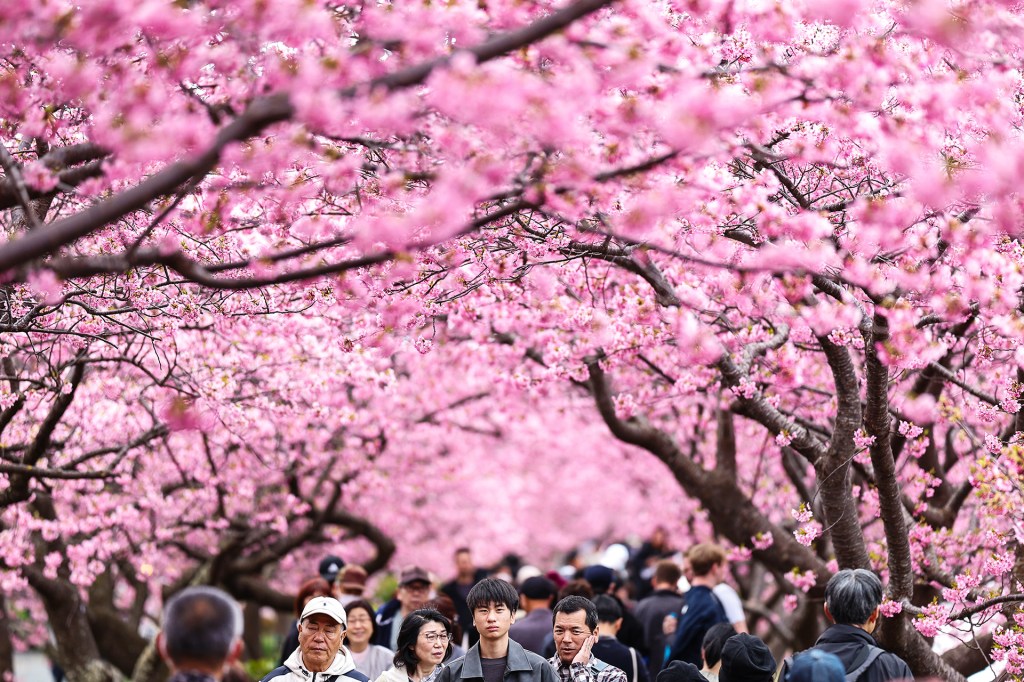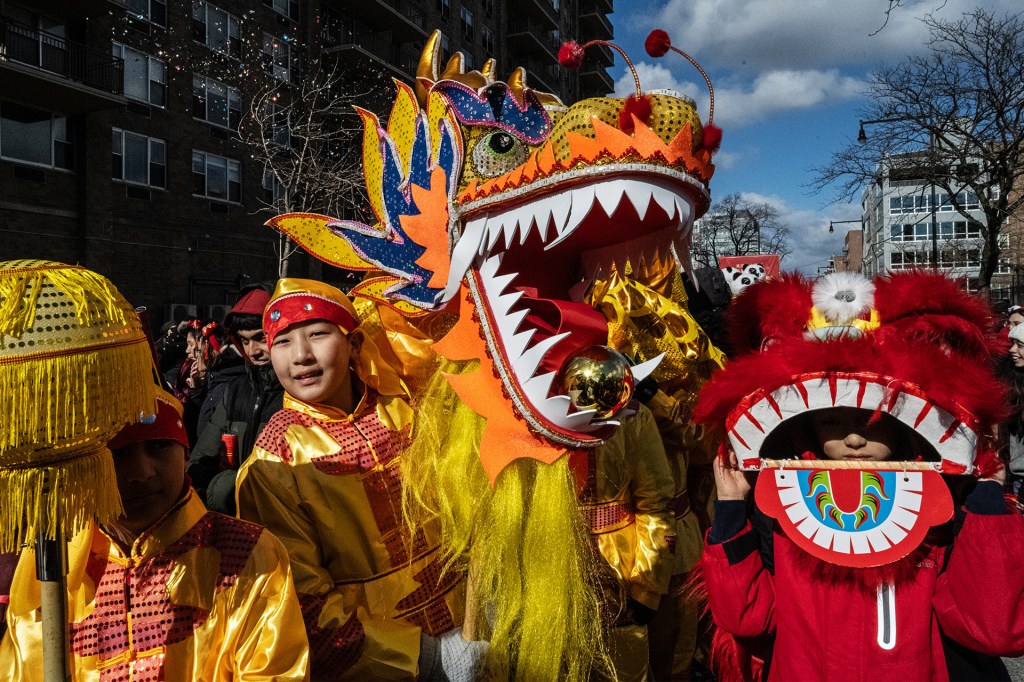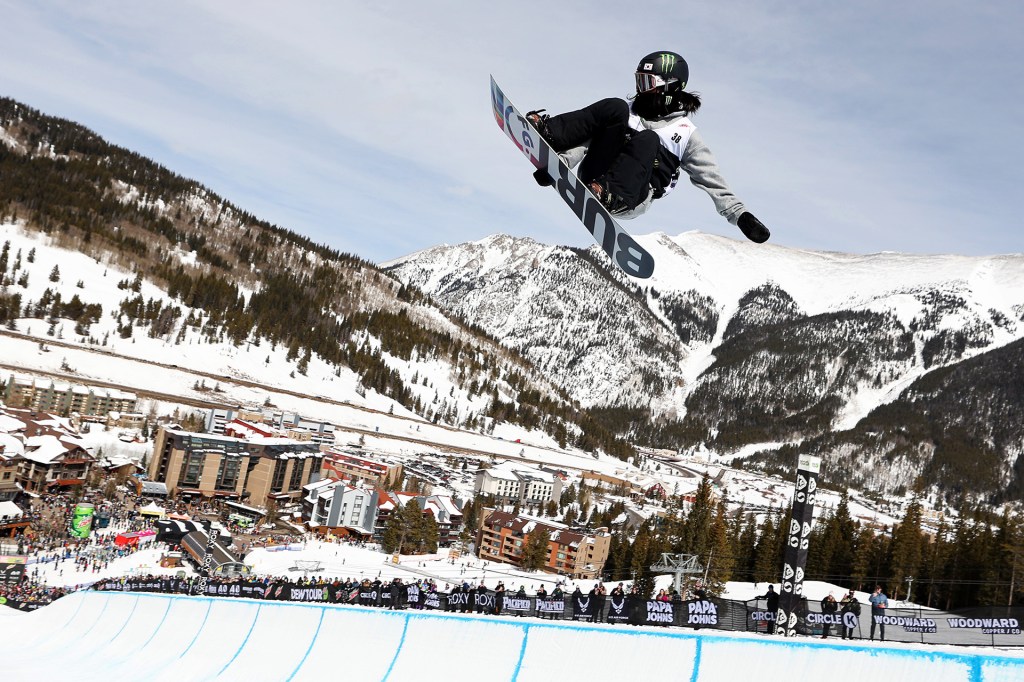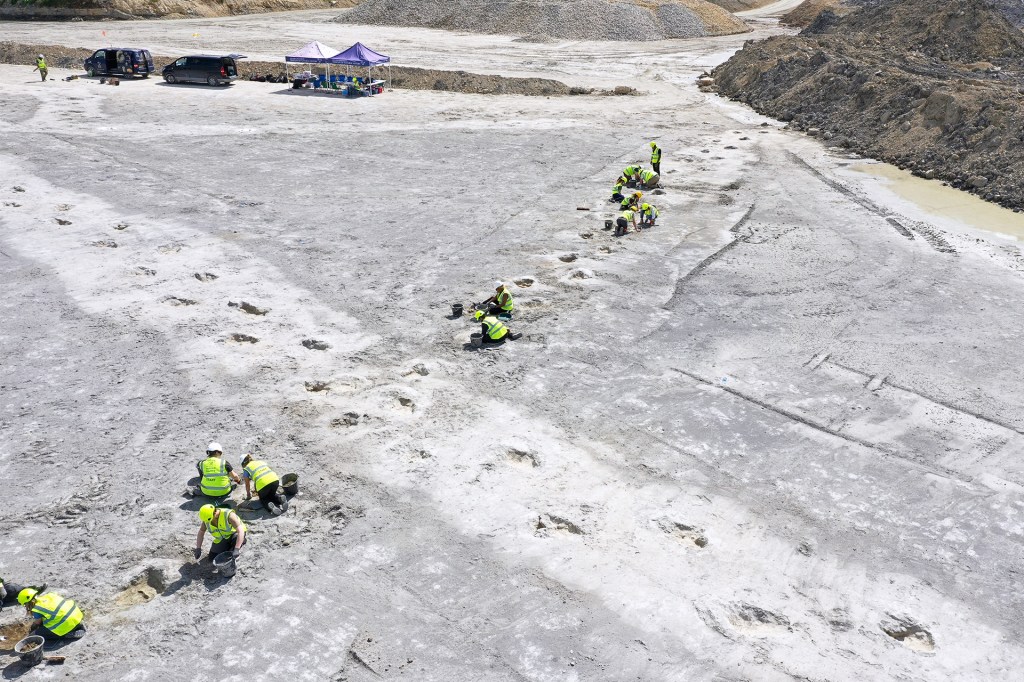Fires in Australia
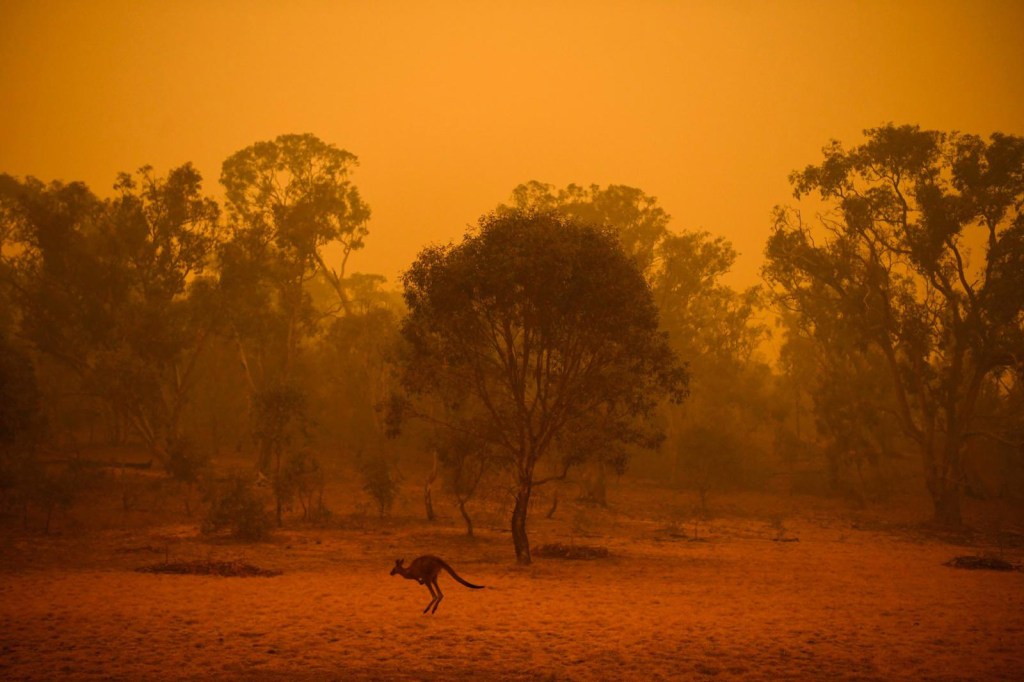
Since September, bush fires have been burning in Australia. Drought and a heat wave are feeding the flames. Officials say this fire season is one of the worst in the country’s history.
“We have no idea where this is going to end,” David Bowman says. He’s a scientist at the University of Tasmania. “Australia’s vegetation is highly flammable. The fire [is] not going to run out of fuel.”
Wildfire has burned about 17 million acres so far. That’s more than twice the size of the state of Maryland. At least 25 people have died. Thousands have been evacuated.
Aid has poured in from around the world. New Zealand, Canada, and the United States have sent firefighters and other helpers. Australia’s military is delivering food and water to affected towns.
Scott Morrison is Australia’s prime minister. On January 6, he said his government would spend an additional 2 billion Australian dollars ($1.4 billion U.S.) to rebuild damaged towns. He had already promised AUD $20 million ($14 million U.S.) for the recovery effort.
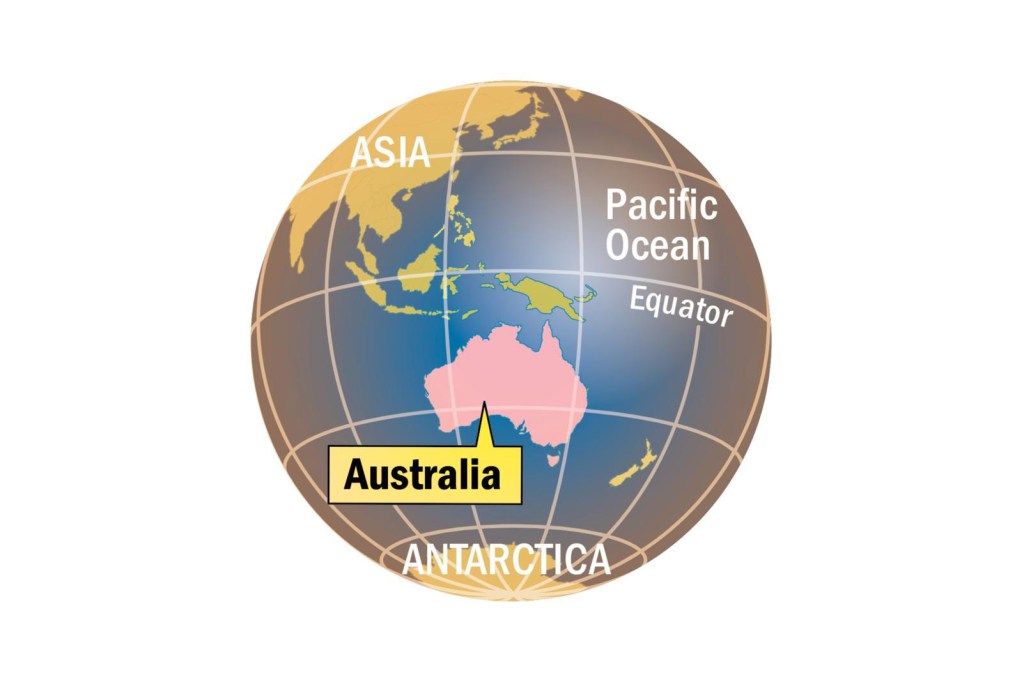
Australia is a major producer of greenhouse gases
greenhouse gas
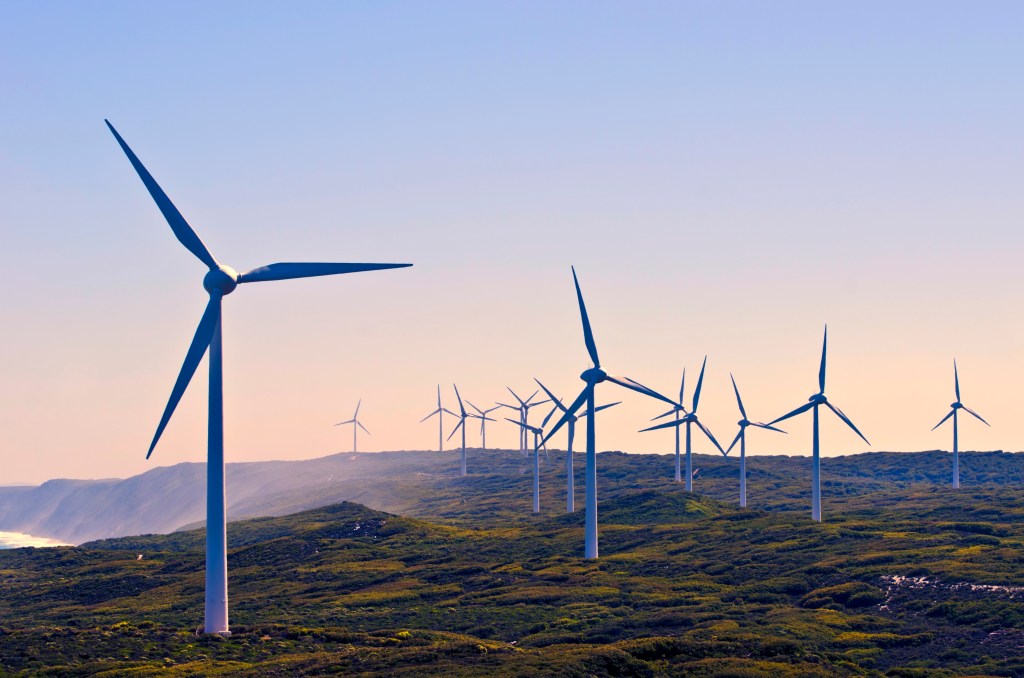 IMAGEVIXEN/GETTY IMAGES
gas released by automobiles and industry that traps heat in the Earth's atmosphere and contributes to climate change
(noun)
Windmills create electricity without producing greenhouse gases.
. They are a cause of climate change. Hot, dry weather makes wildfires worse. Critics say Morrison is not doing enough to fight climate change. Morrison says his government is “meeting and beating” its targets. He also argues that climate change is just one of “many other factors” causing the fires.
IMAGEVIXEN/GETTY IMAGES
gas released by automobiles and industry that traps heat in the Earth's atmosphere and contributes to climate change
(noun)
Windmills create electricity without producing greenhouse gases.
. They are a cause of climate change. Hot, dry weather makes wildfires worse. Critics say Morrison is not doing enough to fight climate change. Morrison says his government is “meeting and beating” its targets. He also argues that climate change is just one of “many other factors” causing the fires.
The bush fires have had a big impact on wildlife. Areas where species such as the koala live are being wiped out. Animal-rescue teams have landed on Kangaroo Island, in South Australia. Heidi Groffen is an ecologist. She thinks some mouselike dunnarts there may have found safety in rock crevices
crevice
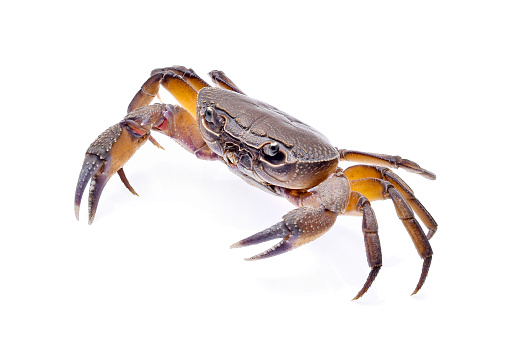 NATTHAKAN JOMMANEE—EYEEM/GETTY IMAGES
a narrow opening or crack in a hard surface
(noun)
The crab disappeared into a crevice in the rock.
. “We’re hoping to bring some into captivity before they are completely gone,” Groffen says.
NATTHAKAN JOMMANEE—EYEEM/GETTY IMAGES
a narrow opening or crack in a hard surface
(noun)
The crab disappeared into a crevice in the rock.
. “We’re hoping to bring some into captivity before they are completely gone,” Groffen says.
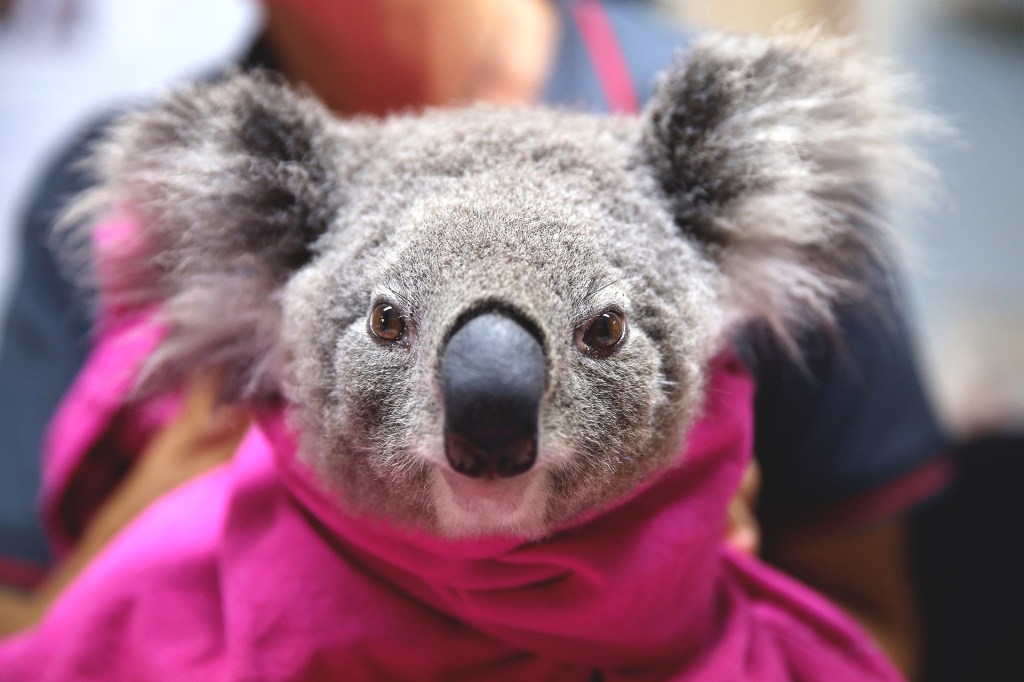
TIME TO HEAL A rescued koala is treated for burns at the Port Macquarie Koala Hospital, in Australia, in November.
NATHAN EDWARDS—GETTY IMAGES
TO THE RESCUE A military helicopter flies over a fire in New South Wales, Australia, on January 6.
SAEED KHAN—AFP/GETTY IMAGES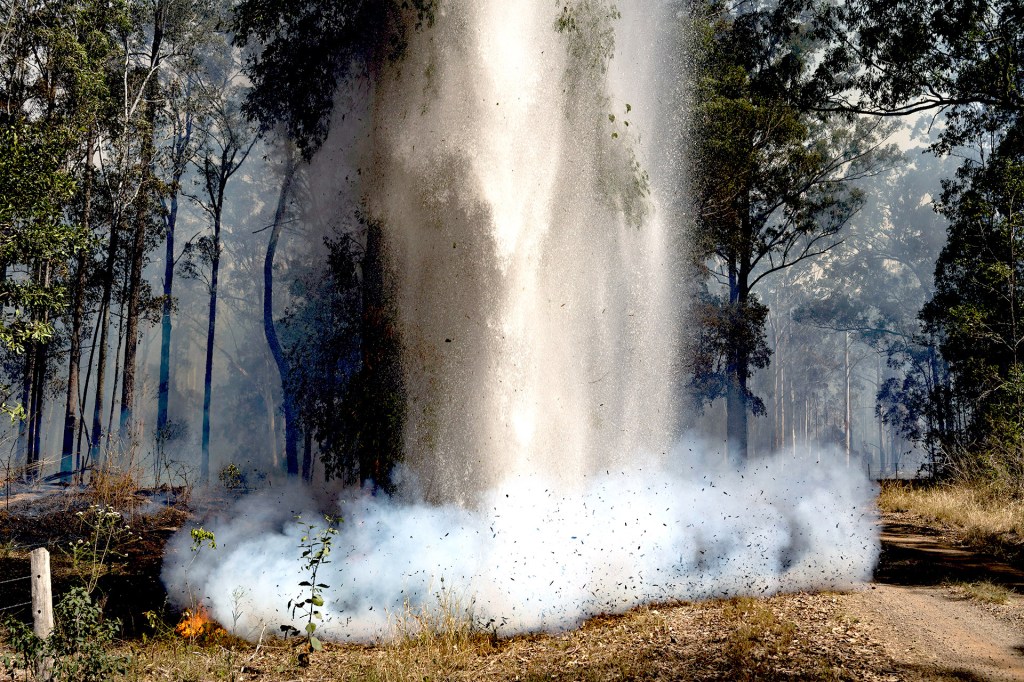
WATER FALLS Water is dumped from a helicopter to put out a small fire in New South Wales, Australia, in November.
MATTHEW ABBOTT—THE NEW YORK TIMES/REDUXStop and Think! How do the photographs support the story? Many other photos have been taken of the Australian bushfires. Why do you think TIME for Kids editors chose these photos?





